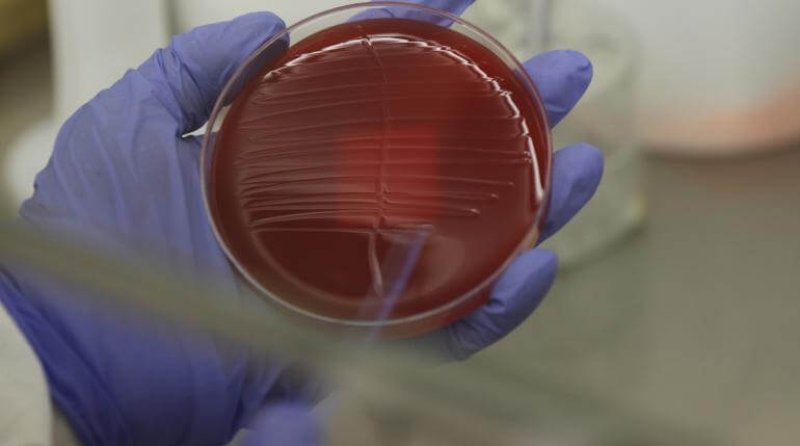For the first time, and to the astonishment of many of their colleagues, researchers created what they call Alzheimer’s in a Dish — a petri dish with human brain cells that develop the telltale structures of Alzheimer’s disease. In doing so, they resolved a longstanding problem of how to study Alzheimer’s and search for drugs to treat it; the best they had until now were mice that developed an imperfect form of the disease.
The key to their success, said the lead researcher, Rudolph E. Tanzi of Massachusetts General Hospital in Boston, was a suggestion by his colleague Doo Yeon Kim to grow human brain cells in a gel, where they formed networks as in an actual brain. They gave the neurons genes for Alzheimer’s disease. Within weeks they saw the hard Brillo-like clumps known as plaques and then the twisted spaghetti-like coils known as tangles — the defining features of Alzheimer’s disease.
The work, which also offers strong support for an old idea about how the disease progresses, was published in Nature. Leading researchers said it should have a big effect.
“It is a giant step forward for the field,” said Dr. P. Murali Doraiswamy, an Alzheimer’s researcher at Duke University. “It could dramatically accelerate testing of new drug candidates.”
Read full, original article: Breakthrough Replicates Human Brain Cells for Use in Alzheimer’s Research































